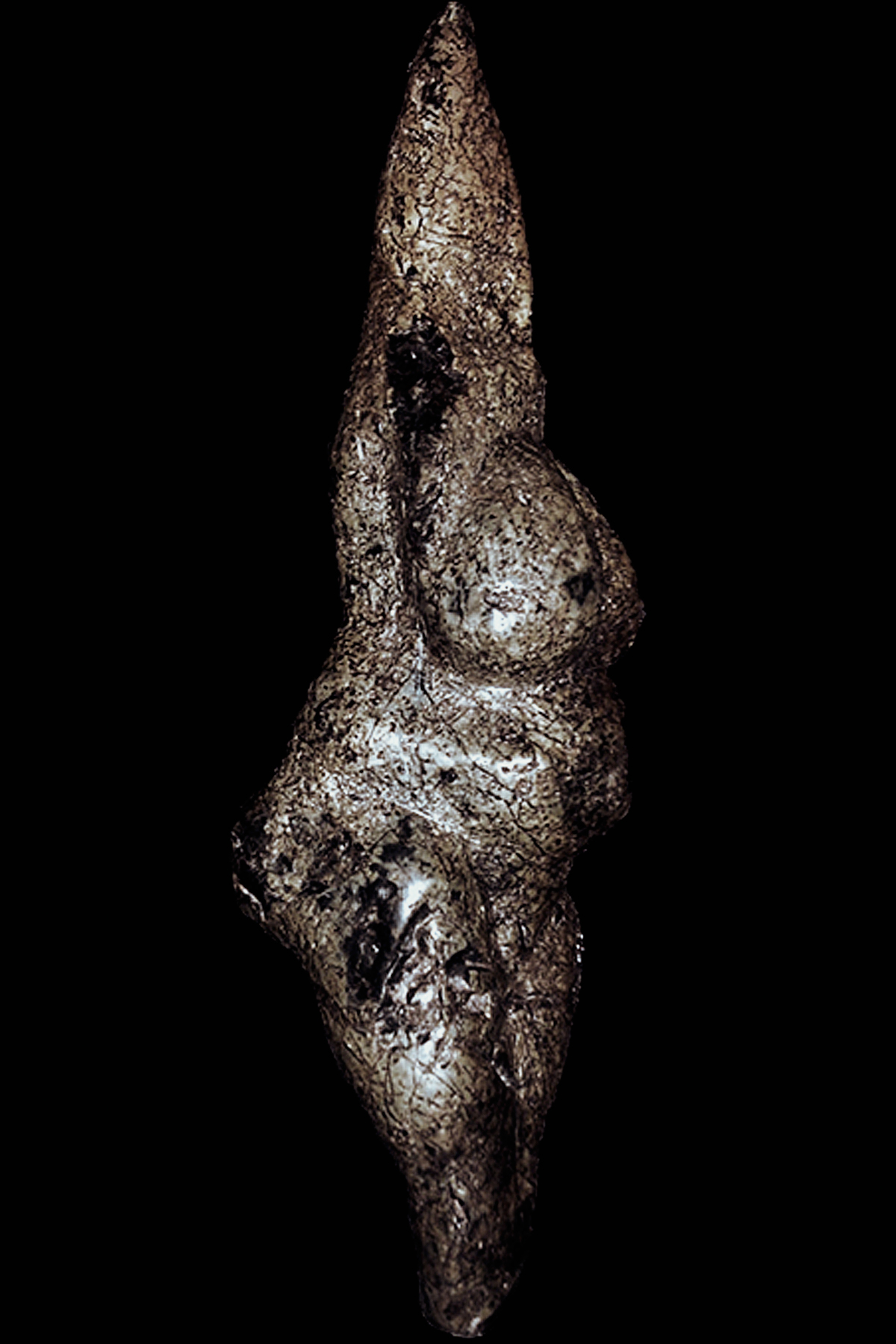


Sculptures of the Ice Age
Sculptures of the Ice Age - Exploring the Deeper History of Art
Savignano: The Tallest of known Female Figures
Solutrean 24,000 - 21,000 years old

Village of Savignano, near Modena, Italy.
Pigorini Museum, Rome.
Dimensions
Height : 22.5 cm
Width : 5.0 cm
Thick : 6.5 cm
Solutrean
Culture which succeeded the Gravettian about 22,000 years ago and lasted until 17,000 years ago in some areas. Identified at the Solutré site in east-central France near Mâcon, and found mostly in France and Spain, the Solutrean is famous for its exquisite flint-knapping.
Source: Dr Jean Clottes